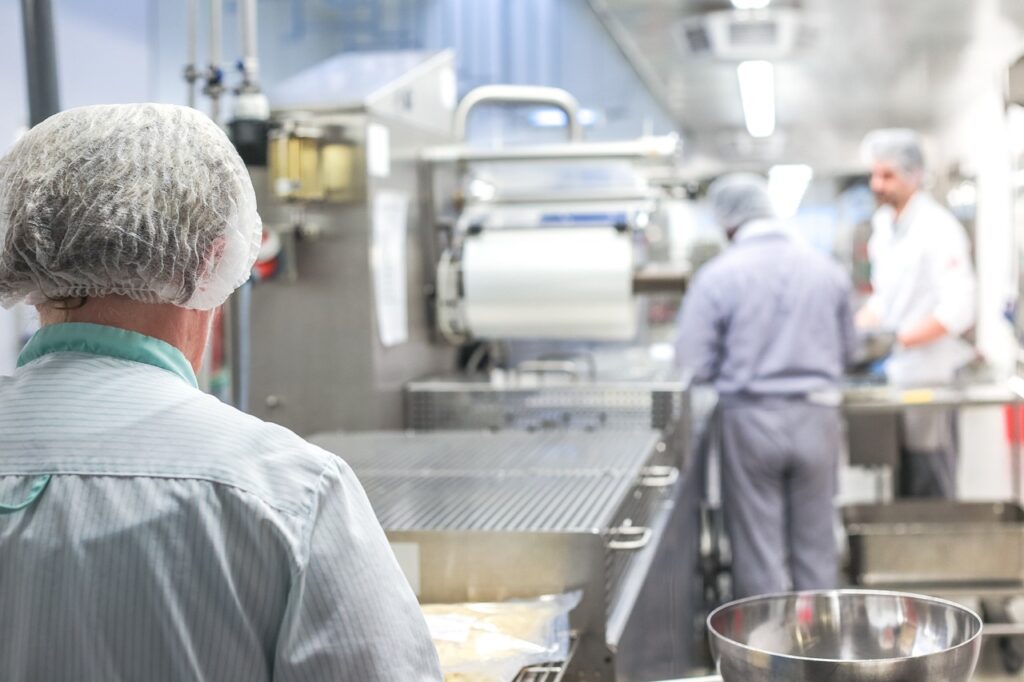As a manufacturer of rapid onsite detection tests for antibiotic residues in milk, we understand the importance of safe and high-quality dairy products. Dairies worldwide must prioritise testing their raw milk and finished products to safeguard consumers and maintain product excellence. The article below covers the main tests that help dairy production chain to ensure safety and quality of end products.
- Direct Microscopic Count (DMC): The microbiological quality of raw milk is indicated by DMC. Before unloading the milk, running tests for antibiotic residues is crucial. Any traces of antibiotics in milk pose significant risks and must be avoided by the dairy industry.
- Preliminary Incubation (PI-SPC) Count: This microbiological test assesses the sanitary conditions of the load and individual producers. It mainly detects psychrotrophic bacteria, which can rapidly grow at refrigeration temperatures.
- Sensory/Organoleptic Characteristics: Inspecting the raw milk’s odour and taste allows for the identification of potential issues. Though tasting raw milk is not recommended, lab pasteurisation and quick chilling can provide a safer alternative for evaluation.
- Temperature Control: To maintain high-quality milk, ensure that raw milk is transported at temperatures below 7°C (45°F). Lower temperatures increase shelf life and reduce bacterial growth. Strictly control and monitor temperatures throughout the facility to meet regulatory requirements and quality standards.
Other Essential Tests:
- Cryscope Testing: Identify added water in raw milk, preventing additional water-related hazards, such as chemical and biological contamination. This test is crucial for fluid milk finished products to ensure no additional water is added during manufacturing.
- Milk Composition Tests: Regularly conduct tests to control fat and meet identity standards. Butterfat, total solids, and protein levels are vital parameters. Electronic equipment enables facilities to obtain fast and accurate results.
- Coliform Test: Assess sanitary conditions of the farm and transportation for trending purposes, even though not all states have a standard for coliforms in raw milk.
- Psychotropic Thermoduric Bacteria Test: Test for bacteria that can survive pasteurisation and thrive at refrigeration temperatures, impacting the shelf life of both raw and pasteurized milk.
- Aflatoxin Testing: Monitor raw milk for aflatoxins transmitted from contaminated feed through a hazard analysis and supplier control program.
In-Plant, In-Process Tests:
- Coliform and Aerobic Plate Count (APC) Tests: Validate cleaning and sanitation procedures using surface swabs/sponges. Daily use of ATP swabs during start-up processes verifies effective cleaning and sanitation.
- Allergen Control Program: If using allergens in the facility, implement a program to validate and verify the effectiveness of cleaning. Use allergen-specific tests, such as protein swabs, to ensure allergenic proteins are adequately removed during cleaning.
- Environmental Monitoring: For facilities producing dry dairy powders, monitor for the presence of Salmonella. For other dairy manufacturing, including ice cream and fluid milk, monitor for Listeria in the environment.
Finished Product Testing:
- Sensory/Organoleptic Characteristics: Conduct sensory evaluations on all dairy products, including freshly bottled ones, 24 hours after bottling, at the end of the code, and a shelf-life check at 14 days after storage at 7°C (45°F).
- Coliform, Yeast, and Mold Testing: Coliform counts verify proper practices within the facility, while yeast and mould testing indicates the product’s shelf life. Advanced technology provides faster results compared to traditional five-day testing.
To ensure the safety and quality of dairy products, strict control of raw milk, processing, environment, and finished products is essential. By conducting these 16 tests, dairies can guarantee their commitment to delivering high-quality, safe dairy products to consumers worldwide.


